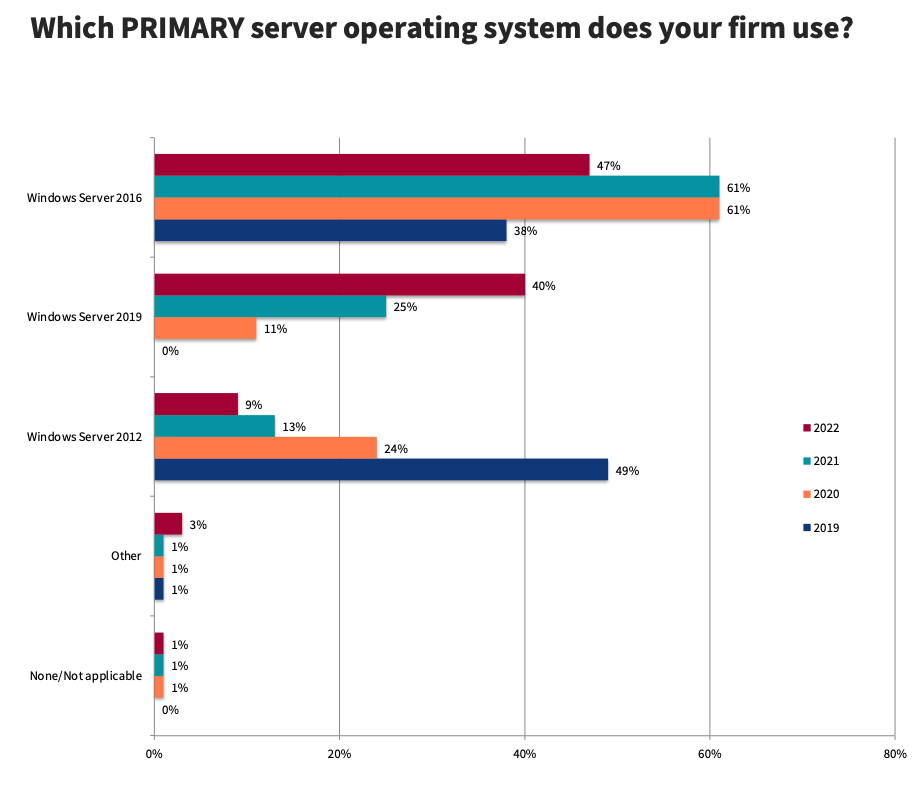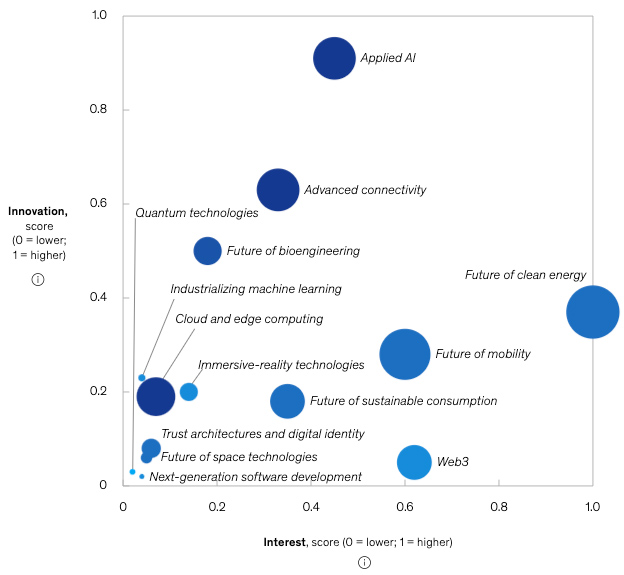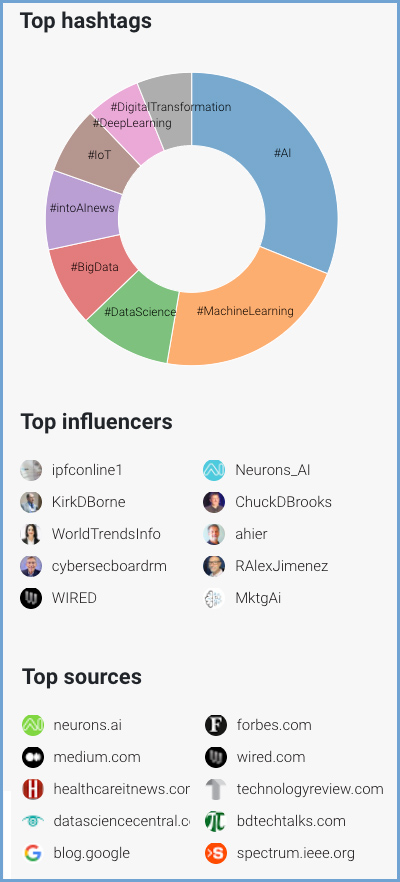11 The Lord detests dishonest scales,
but accurate weights find favor with him.
From DSC:
I thought about this verse the other day as I opened up a brand-new box of cereal. The box made it look like I was getting a lot of cereal — making it look like a decent value for the price. But when I opened it up, it was about half full (I realize some of this occurs by pushing out the box as the contents settle, but come on!). In fairness, I realize that the amount of the cereal is written on the box, but the manufacture likely kept the size of the box the same but decreased the amount that they put within it. They kept the price the same, but changed the quantity sold.
This shrinkification of items seems to be happening more these days — as companies don’t want to change their prices, so they’ll change the amounts of their products that you get.
- It just strikes me as yet another deception.
- We BS each other too much.
- We rip each other off too much.
- We bury stuff in the fine print.
- Our advertising is not always truthful — words are easy to say, and much harder to back up.
- We treat people as though they just exist to make money off of. It’s like Philip Morris did to people for years, and it still occurs today with other companies.
- In today’s perspective, people are to be competed against but not to be in relationships with.
I hope that we can all build and offer solid products and services — while putting some serious quality into those things. Let’s make those things and offer those services as if we were making them for ourselves and/or our families. Let’s use “accurate weights.” And while we’re trying to do the right things, let’s aim to be in caring relationships with others.










/2022/08/22/image/png/wSxqwE19L3sKdFwuPdKfsfzJ5ixmzUJWXJ8Ox6Ir.png)




